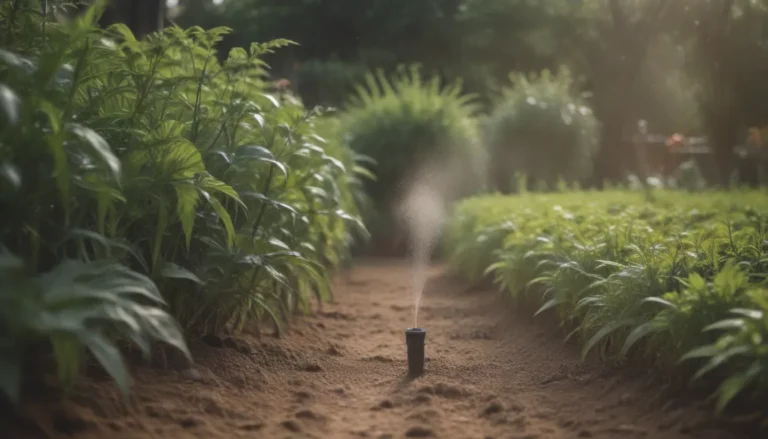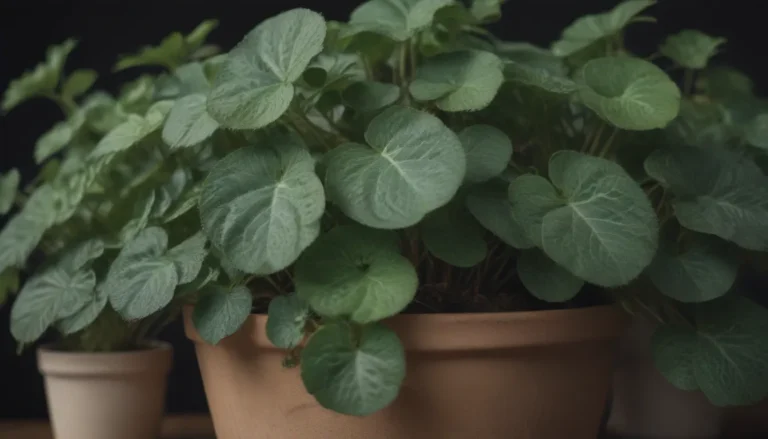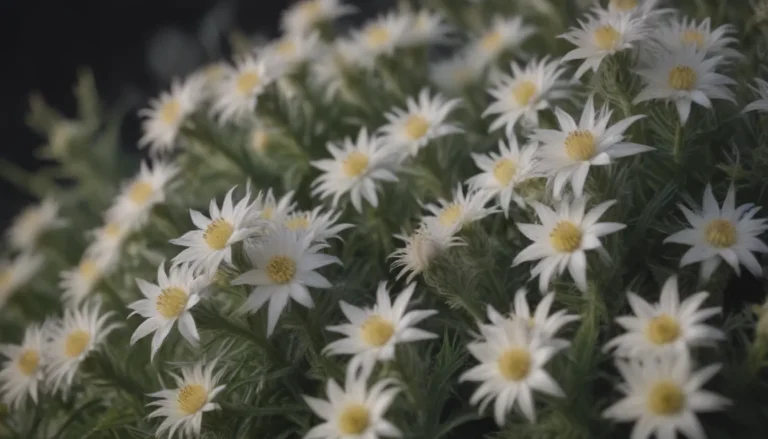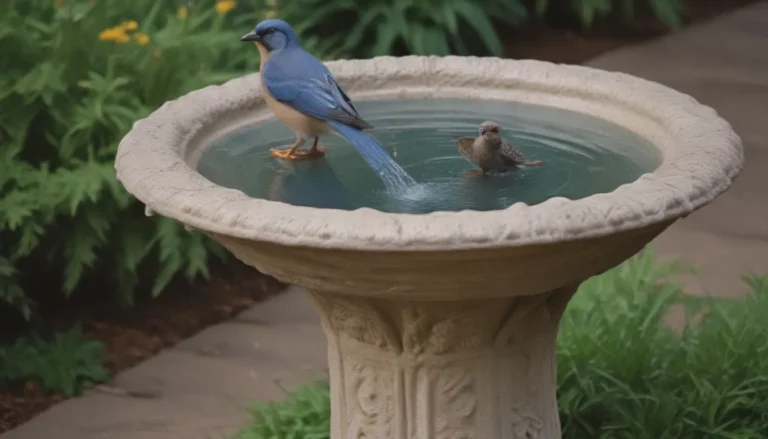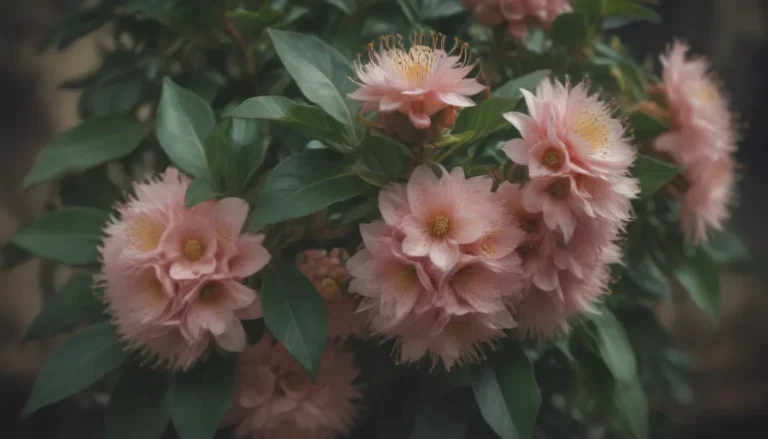Comprehensive Guide to Growing and Caring for Cyclamen Persicum (Mini Cyclamen)
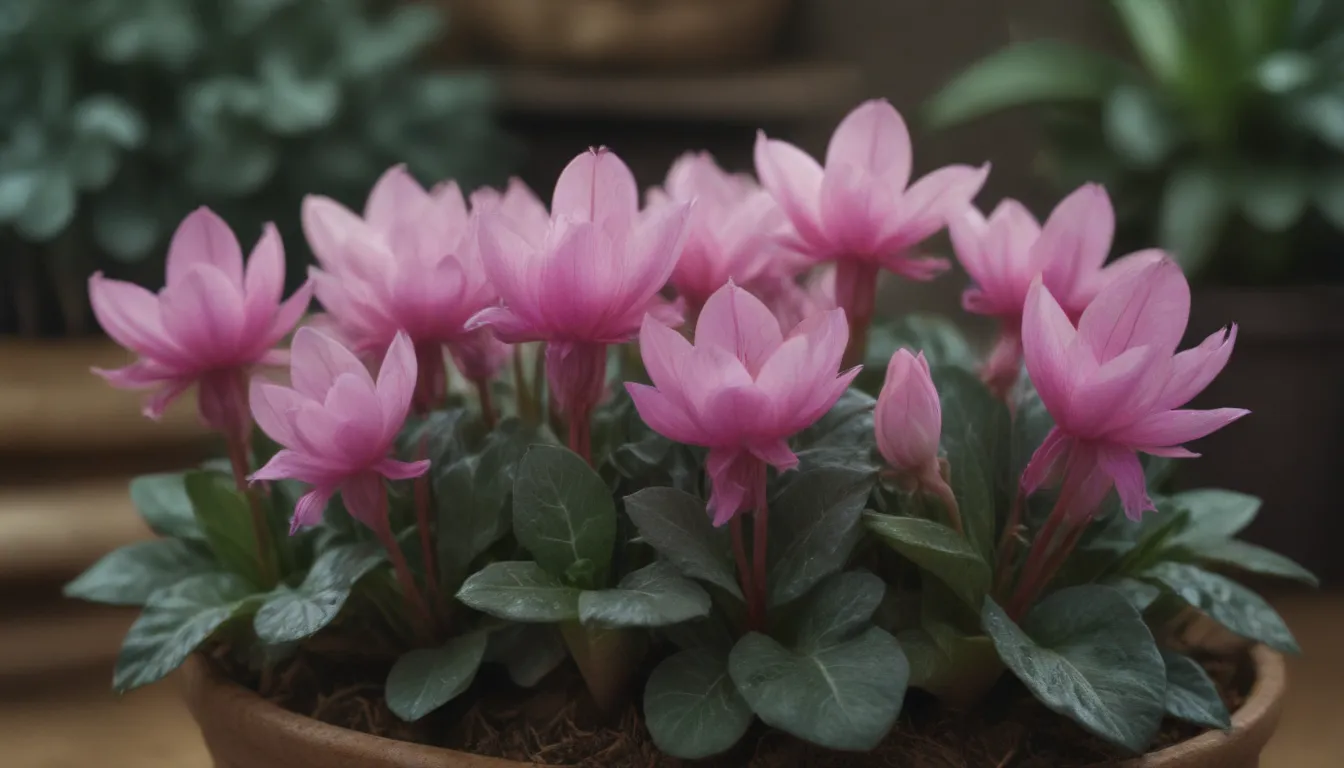
If you’re looking for a beautiful plant to brighten up the winter months, Cyclamen Persicum, also known as mini cyclamen, might just be the perfect choice for you. These stunning plants offer eye-catching foliage and lovely heart-shaped flowers that come in pink, red, and white, making them a popular choice for gifts during the winter holidays.
In this in-depth guide, we will explore everything you need to know to successfully grow and care for Cyclamen Persicum, from light and soil requirements to propagation and common problems. Whether you’re a seasoned plant enthusiast or just starting your indoor gardening journey, this guide will provide you with valuable information to help your mini cyclamen thrive.
Cyclamen Persicum Care
Cyclamen Persicum can be grown as indoor potted plants or outdoors in zones 10 and 11. These plants require cool temperatures to bloom, making them perfect for winter displays. However, it’s important to note that Cyclamen Persicum are moisture-sensitive and can develop rot if overwatered. To ensure your mini cyclamen thrives, here are some key care tips:
Light
- Indoor: Place your Cyclamen Persicum in a bright, indirect light location, such as a north or east-facing window.
- Outdoor: Opt for filtered light and plant your mini cyclamen in a sheltered area, such as under a tree.
Soil
- Use well-draining soil to prevent root rot.
- Opt for slightly acidic soil mixed with compost and peat moss for optimal growth.
Water
- Water only at the soil line to avoid getting the foliage wet.
- Alternatively, water your mini cyclamen from the bottom by placing the pot in a tray of water for the root system to absorb.
Temperature and Humidity
- Keep your plants in cool, humid climates below 70 degrees Fahrenheit.
- Avoid high heat and drafts, as they can cause dormancy in Cyclamen Persicum.
Fertilizer
- Use a weak solution of low-nitrogen liquid fertilizer every month or two during the winter to promote healthy growth and flowering.
Propagation and Growth
Propagating Cyclamen Persicum can be challenging, but it can be done by dividing the tuber in the fall. Additionally, you can grow mini cyclamen from seeds as an alternative method of propagation. Here’s how you can pot and repot your Cyclamen Persicum for optimal growth:
Potting and Repotting
- Cover the tuber lightly when potting to allow for proper airflow and prevent rot.
- Repot in the fall before the growth season, ensuring there’s enough space around the tuber in the new pot.
Overwintering
- Cyclamen Persicum bloom during winter months, providing colorful displays.
- Adjust care as the plant goes dormant in spring, withholding fertilizer but continuing regular watering.
Blooming
- To encourage blooming, use low-nitrogen liquid fertilizer during the growing season.
- Deadhead spent blooms to promote new flowering and prevent rot from spreading.
Common Problems and Solutions
While Cyclamen Persicum can thrive under the right conditions, they may encounter issues if care requirements are not met. Here are some common problems and solutions to help your mini cyclamen stay healthy:
Yellowing Leaves and Fading Blooms
- Adjust temperature and light conditions by moving the plant away from heat sources to prevent yellowing and fading.
Drooping Leaves
- Overwatering can lead to drooping leaves and rot. Cut back on watering and ensure good air circulation to prevent moisture buildup.
In conclusion, Cyclamen Persicum is a beautiful plant that can add a touch of color to your home or garden during the winter months. With the right care and attention to its specific requirements, you can enjoy the unique flowers and foliage of this charming plant for years to come.
Remember to handle Cyclamen Persicum with care, as they are toxic to pets and humans. If you have pets or young children, it’s essential to keep these plants out of reach to prevent any accidental ingestion. By following the tips and guidelines outlined in this guide, you can confidently grow and care for Cyclamen Persicum in your indoor or outdoor space.
References:
– ASPCA – https://www.aspca.org/pet-care/animal-poison-control/toxic-and-non-toxic-plants/cyclamen
– Spoerke, D. G., et al. “Toxicity of Cyclamen Persicum (Mill).” Veterinary and Human Toxicology, vol. 29, no. 3, 1987, pp. 250–251.
